
Roots
Consider the curl, the coil, the wave—each strand a living archive, holding whispers of sun-drenched savannas, humid rainforests, and the enduring spirit of generations past. Our textured hair, in its glorious diversity, carries an ancient thirst for moisture, a longing imprinted deep within its very architecture. This elemental need, so often met today by a vast array of formulations, finds its earliest and perhaps most profound answers in the rich, unctuous gifts of the earth itself ❉ the natural butters.
These precious emollients, born of diligent harvest and ancestral wisdom, possess a historical role in maintaining textured hair’s moisture, one woven into the very fabric of Black and mixed-race Heritage. It is a story not of simple utility, but of deep reverence and continuity, an unbroken thread stretching back through millennia.
The unique helices of textured hair, with their varied twists and turns, present a challenge to moisture retention distinct from straight hair types. The natural oils, known as sebum, produced by the scalp, struggle to travel the full length of these intricate strands. This inherent characteristic means textured hair is often prone to dryness, demanding external assistance to remain supple, resilient, and vibrant. For centuries, before laboratories synthesized complex compounds, our ancestors intuitively understood this delicate balance.
They looked to the land, observing the efficacy of local botanical resources, extracting nourishing fats from nuts and seeds. These butters became more than mere conditioners; they were protectors, preservers, and deeply rooted symbols of self-care.
Natural butters have historically addressed textured hair’s innate need for moisture, a wisdom passed through generations.

Ancestral Hair’s Need for Moisture
The physiological contours of textured hair, particularly its elliptical cross-section and the irregular cuticle pattern, dictate its unique moisture dynamics. Unlike the smooth, tightly packed cuticles of straight hair that allow for efficient downward movement of natural oils, textured strands feature cuticles that often lift at the curves. This structural reality makes it easier for moisture to escape and more difficult for natural oils to coat the entire strand effectively. Thus, the hair becomes susceptible to brittleness and breakage.
Across the African continent, from the Sahel to the southern plains, indigenous communities recognized this vulnerability, developing intricate hair care systems that centered on lipid-rich substances found in their immediate environments. They understood, with a profound, lived knowledge, that moisture was the lifeblood of robust hair.
Consider the foundational understanding of the hair shaft itself. It is largely comprised of keratin, a protein, and its health is intrinsically linked to its water content. When the hair is adequately hydrated, its elasticity improves, reducing friction and breakage. Dry hair, by contrast, becomes stiff and rigid, more prone to damage from styling or environmental stressors.
The butters, rich in fatty acids and vitamins, served as a vital shield, sealing in the precious water molecules and providing an external layer of lubrication. This protective barrier was paramount in climates that could be harsh, with arid winds or intense sun.
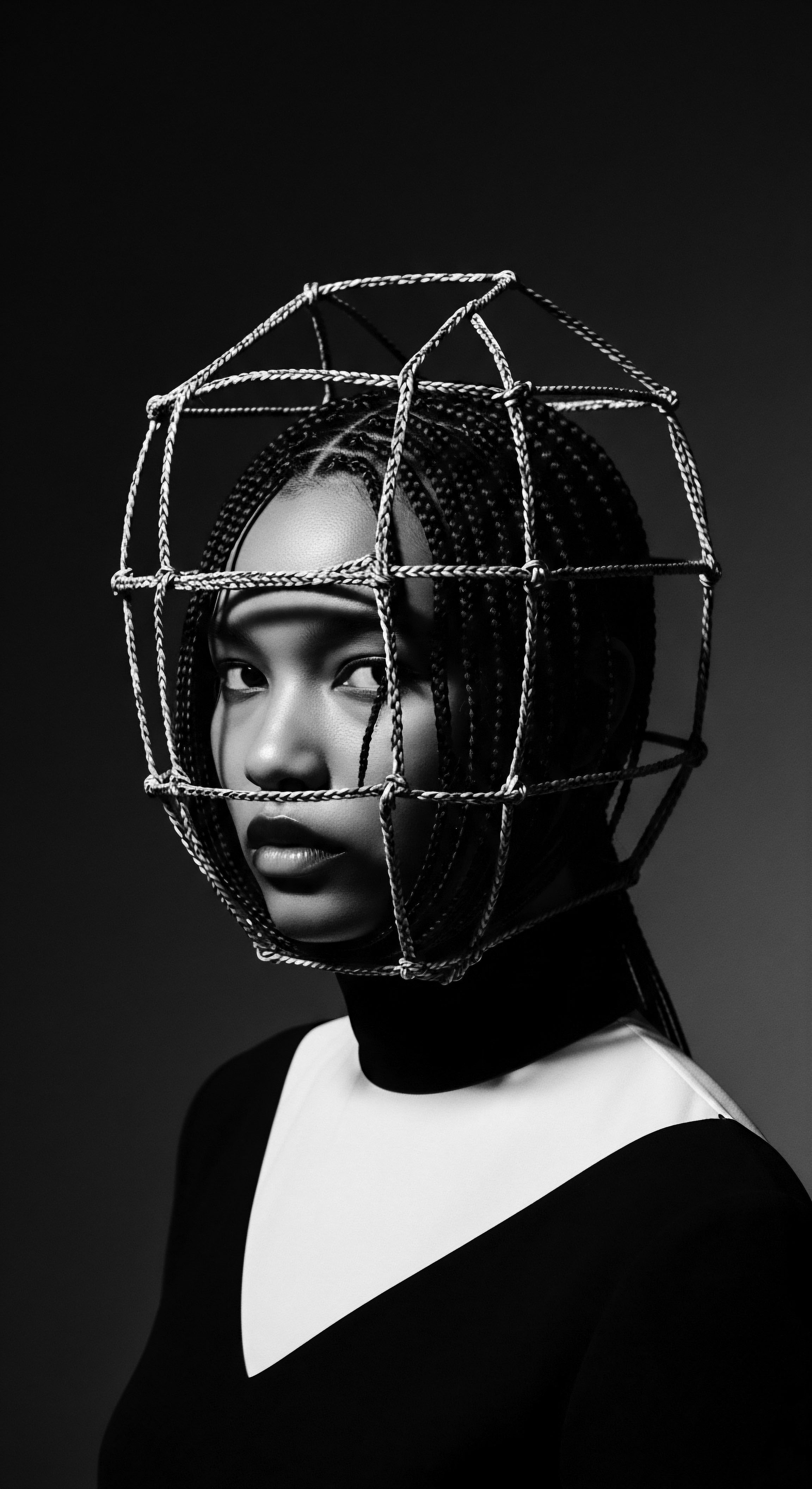
Butters from the Earth’s Embrace
The array of natural butters historically utilized is as diverse as the landscapes from which they originated. Among the most prominent, Shea Butter (Vitellaria paradoxa), harvested from the nuts of the shea tree, holds a particularly revered status across West and East Africa. Its creamy texture and high concentration of vitamins A and E, alongside cinnamic acid esters (known for UV protection), made it an invaluable resource.
Communities relied on shea not just for hair, but for skin health, cooking, and even medicinal purposes. Its very presence signifies a deep connection to the land and its sustenance.
Further south, Cocoa Butter (Theobroma cacao) emerged as a staple, especially in regions with cacao cultivation. While perhaps more associated with skincare and confectionery today, its moisturizing properties were not lost on ancestral hair practitioners. Its rich, emollient texture provided a dense sealant for thirsty strands.
Similarly, in the Amazonian basin, communities turned to the fruits of their rainforests, yielding butters like Murumuru and Cupuaçu, each with distinct profiles of fatty acids offering intensive hydration and repair. These were not random choices; they were the result of empirical observation, passed down through oral traditions and practical application.
| Botanical Source Shea Tree (Vitellaria paradoxa) |
| Geographic Origin West and East Africa |
| Historical Hair Benefit Deep moisture sealing, scalp soothing, UV protection |
| Botanical Source Cocoa Tree (Theobroma cacao) |
| Geographic Origin Central and South America, West Africa |
| Historical Hair Benefit Intensive moisture, strand conditioning, softening |
| Botanical Source Mango Tree (Mangifera indica) |
| Geographic Origin South Asia, then global tropics |
| Historical Hair Benefit Lightweight moisture, shine, frizz reduction |
| Botanical Source Murumuru Palm (Astrocaryum murumuru) |
| Geographic Origin Amazon Rainforest |
| Historical Hair Benefit Restorative moisture, elasticity, frizz control |
| Botanical Source These plant-derived fats were cornerstones of ancestral hair care, recognizing the intrinsic link between natural resources and hair vitality. |
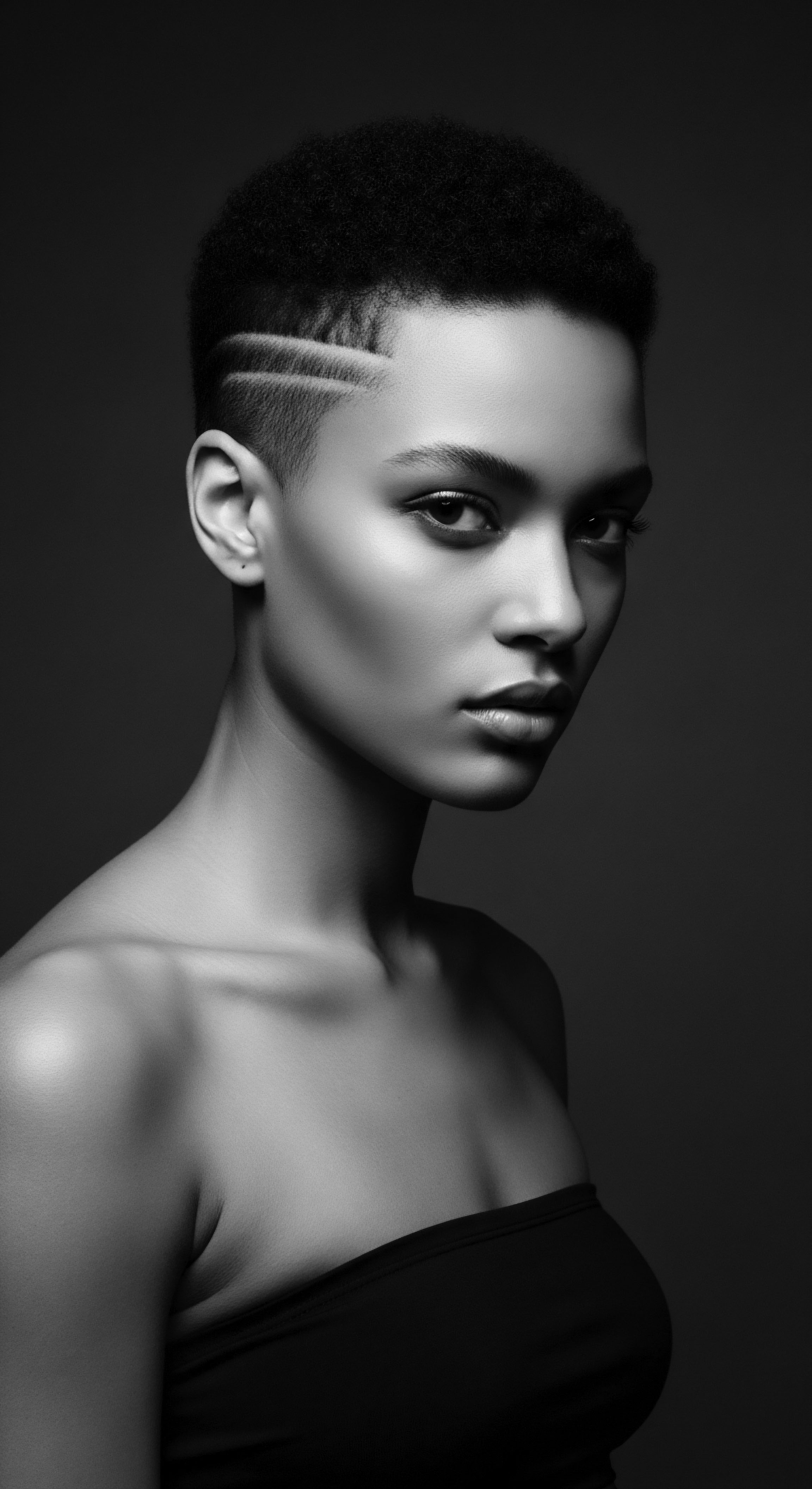
Ritual
The application of natural butters to textured hair was seldom a solitary, mechanistic act. It was often embedded within profound social rituals, familial bonds, and communal gatherings, giving the act of moisturizing a resonance beyond mere cosmetic utility. These moments of care transformed into lessons, stories, and shared wisdom, cementing the butters’ role in textured hair’s moisture as a living tradition. The techniques employed were not haphazard; they were refined over generations, becoming an art form passed from elder to youth, shaping the very definition of healthy, cared-for hair within specific cultural contexts.
Consider the West African concept of “koinonia,” a deep communal fellowship often expressed through shared activities. Hair care, particularly the intricate styling of braided or twisted forms, became a prime avenue for this connection. Children learned at the knees of their mothers and grandmothers, experiencing the rhythmic pull of a comb, the gentle warmth of hands working in shea butter, the stories told over heads being tended.
This was where the practical knowledge of moisture retention—how much butter to use, how to work it into the strand, what consistency was ideal—was imparted not as abstract scientific principles, but as visceral, tactile experiences. This form of embodied pedagogy ensured that the wisdom of the butters, their role in hair’s suppleness, endured through time (Byrd & Tharps, 2001).
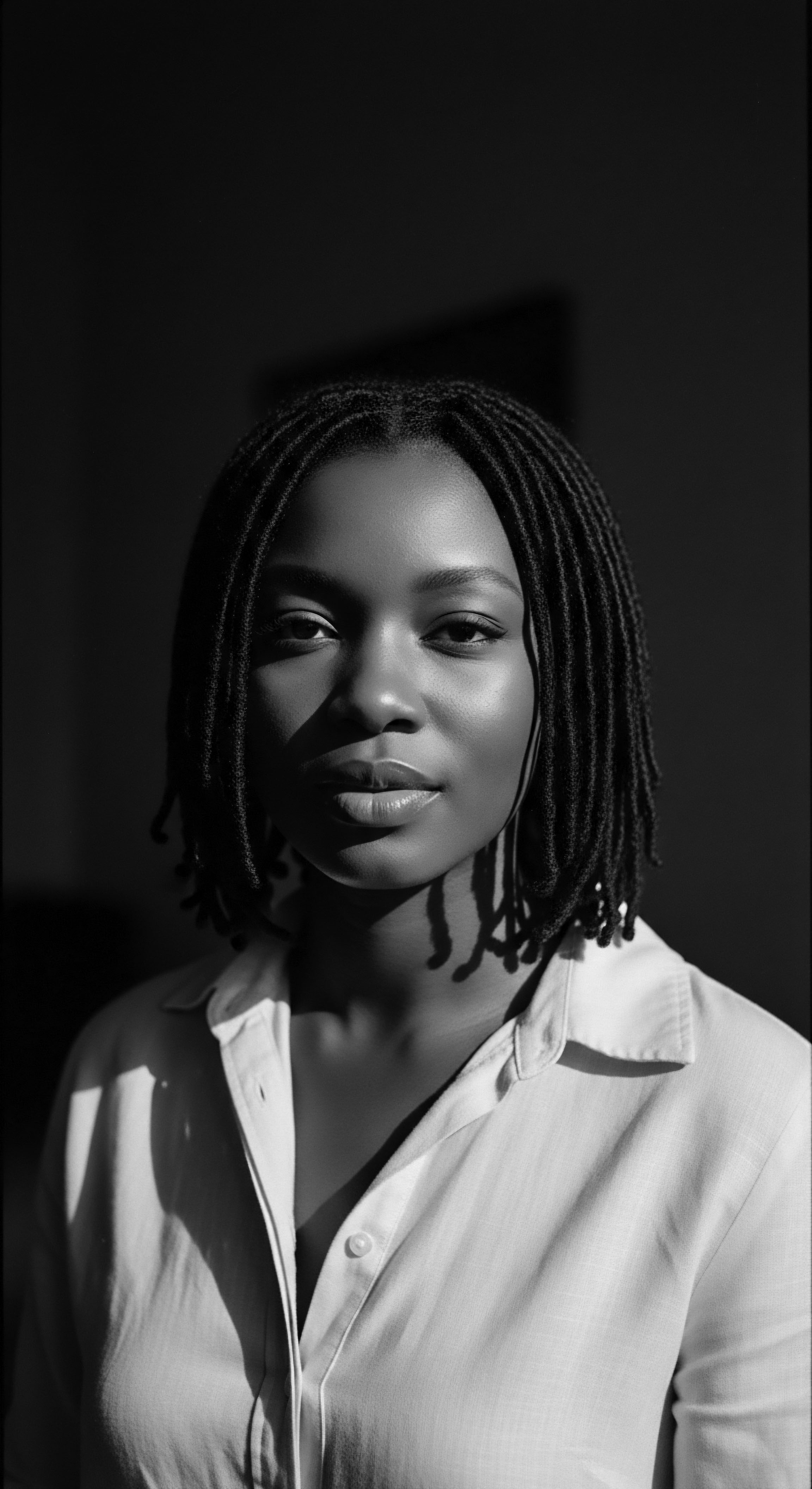
Traditional Application Methods
The ways these butters found their way into textured hair varied, yet certain patterns held true across communities. A common practice involved warming the butter slightly to soften its consistency, making it more pliable and easier to distribute through dense coils. This might be done by simply rubbing it between the palms or placing a container in warm water. The softened butter would then be worked in, from root to tip, often section by section, ensuring even coverage.
- Pre-Poo Treatments ❉ Before cleansing, butters were sometimes applied to hair as a protective layer, guarding strands from the stripping effects of traditional cleansers like saponified plant materials. This maintained vital moisture.
- Sealing Damp Hair ❉ A prevalent method involved applying butters to freshly washed, damp hair. The water provided the hydration, and the butter acted as an occlusive layer, locking that moisture within the hair shaft. This practice is echoed in modern “LOC” (liquid, oil, cream) methods.
- Styling Aid ❉ Butters provided slip and hold for various protective styles such as braids, twists, and coils. They helped to smooth frizz, add shine, and maintain the integrity of the style, all while conditioning the hair.
- Scalp Massage ❉ Beyond the strands, butters were massaged into the scalp to soothe dryness, address flakiness, and provide a healthy environment for hair growth. This holistic approach recognized the scalp as the foundation of hair health.
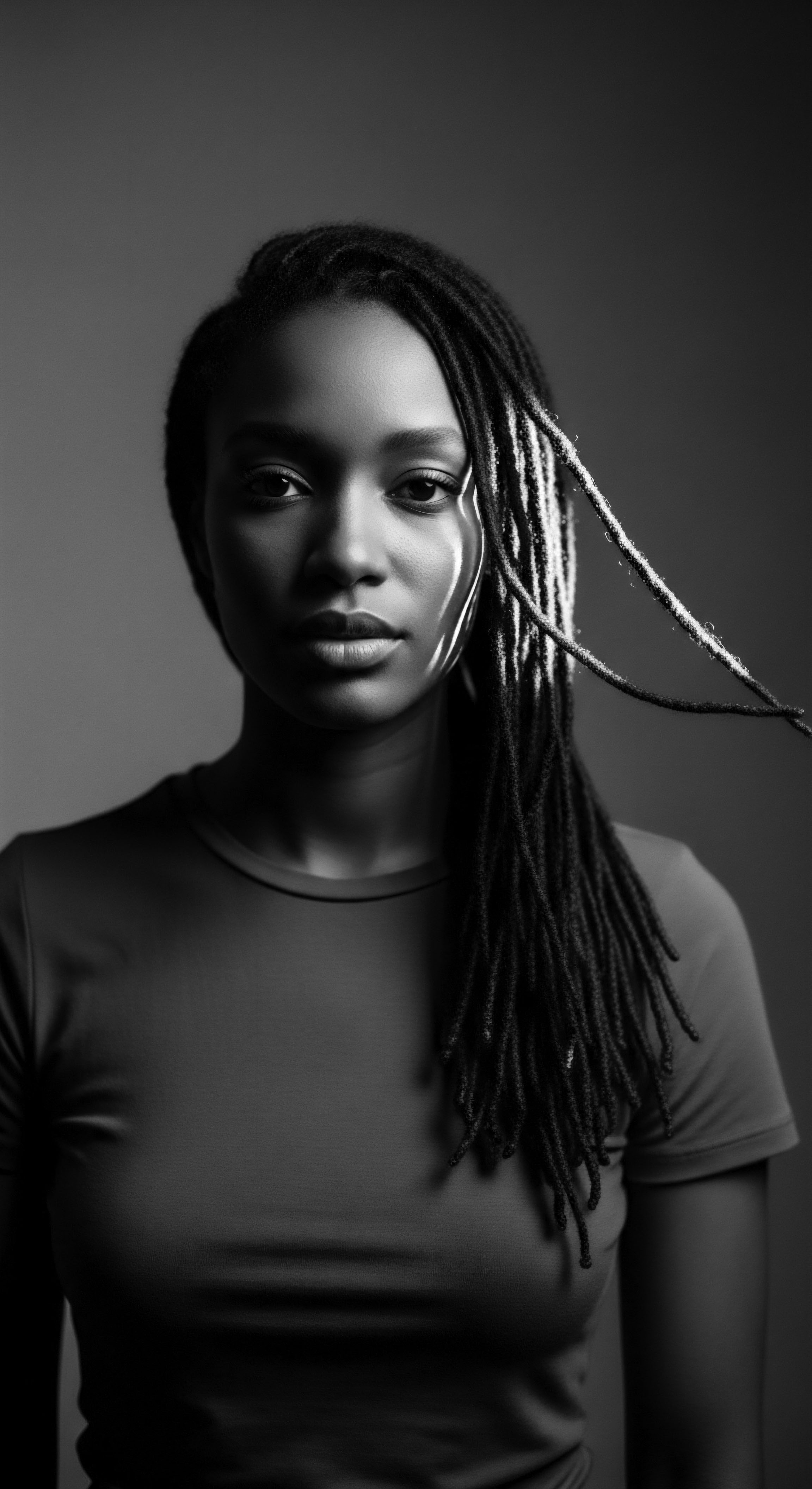
How Did Butters Influence Styling Heritage?
The very resilience and versatility of textured hair, so celebrated in traditional styling, owes a debt to the conditioning properties of natural butters. Think of the elaborate braided patterns, often intricate and worn for weeks or even months. Without a strong, moisturized foundation, such styles would quickly lead to breakage.
Butters allowed for the hair to be manipulated, twisted, and braided without undue stress, acting as a flexible lubricant and fortifier. They reduced friction between strands and minimized breakage during manipulation.
Moreover, the aesthetic appeal of traditionally styled hair often revolved around its luster and softness. A dull, brittle appearance was less desired. Natural butters imparted a healthy sheen, reflecting light and making the hair appear vibrant and well-cared for.
This visual cue of vitality was not merely superficial; it often signified health, status, and community pride within many ancestral societies. The butters enabled styles that were both protective and visually striking, truly embodying a fusion of utility and artistry.
The communal application of natural butters cemented their practical and symbolic role in textured hair’s moisture and styling.
| Styling Goal Protective Styling |
| Butter's Role Reduced friction, improved pliability, minimized breakage during braiding/twisting. |
| Styling Goal Luster and Sheen |
| Butter's Role Imparted natural shine, making hair appear vibrant and healthy. |
| Styling Goal Softness and Manageability |
| Butter's Role Conditioned strands, eased detangling, improved overall feel. |
| Styling Goal Scalp Health |
| Butter's Role Soothed dryness, supported a healthy growth environment, essential for intricate styles. |
| Styling Goal Natural butters enabled the creation and maintenance of diverse, healthy, and visually appealing textured hair styles throughout history. |

Relay
The journey of natural butters in textured hair care, from ancient practices to contemporary relevance, is a profound testament to ancestral resilience and adaptive wisdom. When the Transatlantic Slave Trade forcibly uprooted millions from African homelands, many tangible aspects of their material culture were stripped away. Yet, knowledge, particularly that pertaining to the body and its care, proved more difficult to erase. The understanding of natural butters and their indispensable role in maintaining textured hair’s moisture traveled with those who endured the Middle Passage, becoming a clandestine, yet potent, form of cultural resistance and continuity in the diaspora.
In new and often hostile environments, accessing indigenous African butters became challenging, sometimes impossible. This scarcity forced adaptation. Enslaved peoples and their descendants turned to whatever local resources they could find that possessed similar properties ❉ animal fats, castor beans, or even less ideal vegetable oils. The practice of moisture retention, however, persisted, reflecting an enduring awareness of textured hair’s unique needs.
When possible, the precious knowledge of shea butter, for instance, was guarded and passed down, a whispered secret of self-preservation and dignity in the face of dehumanization (Banks, 2000). The butter, then, was not just a hair product; it became a symbol of retained identity, a link to a fractured, yet cherished, past.

How Did Ancestral Wisdom Persist Through Adversity?
The survival of traditional hair care practices, particularly the reliance on natural emollients, can be attributed to several factors. First, the inherent practical necessity ❉ textured hair, if neglected, becomes incredibly difficult to manage, prone to matting and breakage. Its care was a matter of basic hygiene and comfort.
Second, the communal reinforcement ❉ even in the harshest conditions, moments of shared hair care provided solace, a chance to reconnect with traditions and reaffirm identity. This collective memory, often expressed through oral traditions and hands-on teaching, ensured the transfer of knowledge.
Moreover, the butters held a spiritual and symbolic weight. In many African cultures, hair was considered sacred, a conduit to the divine or ancestral spirits. Maintaining it with reverence, using natural substances, was therefore a spiritual act.
This deeper meaning provided a powerful impetus for practices to endure, even when the external world sought to dismantle them. The application of butters was an act of self-love, self-preservation, and a quiet affirmation of one’s inherent worth, even when societal forces denied it.
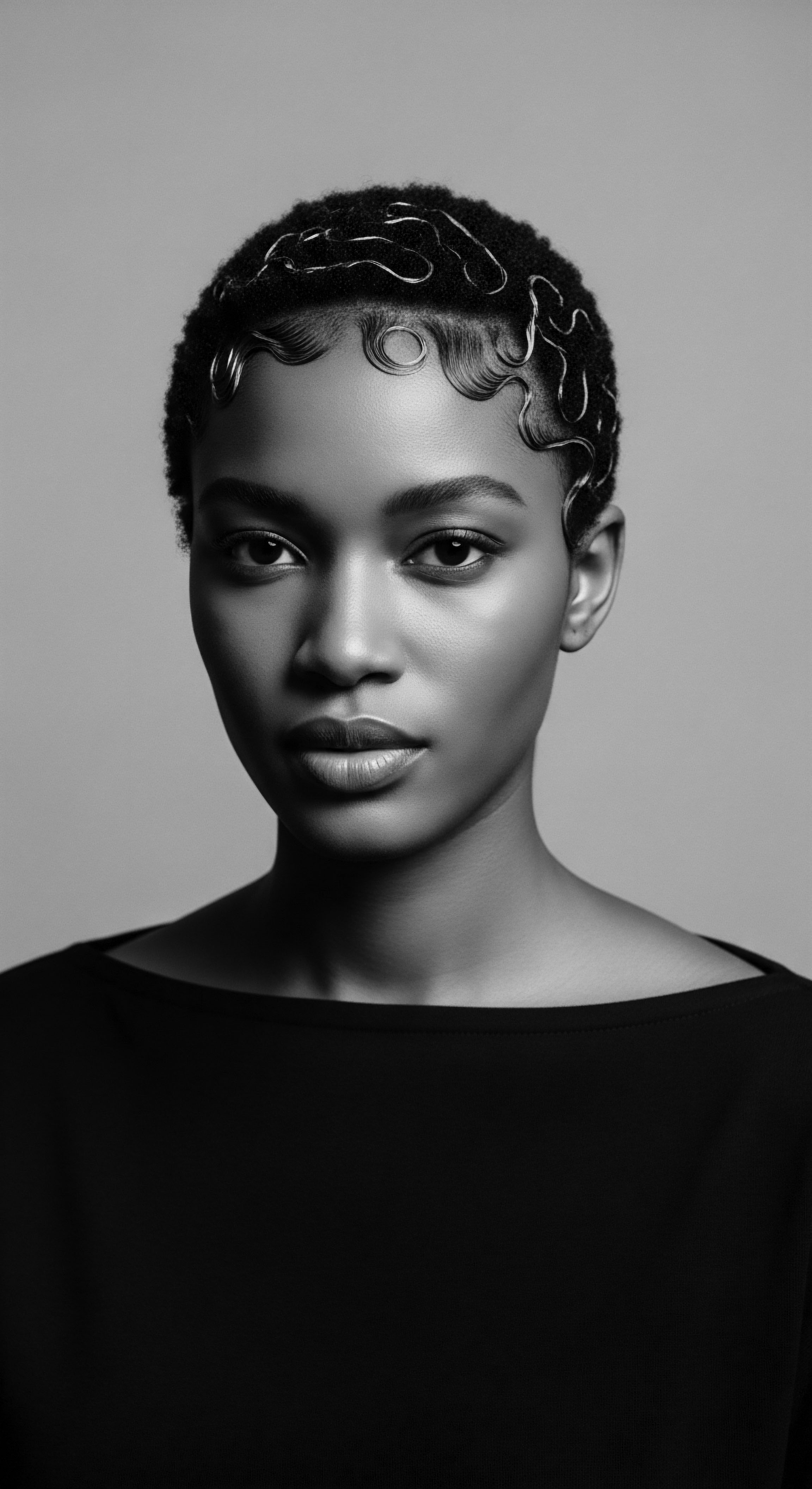
Scientific Validation of Heritage Practices?
Modern trichology and cosmetic science have increasingly offered empirical validation for the efficacy of natural butters, mirroring the intuitive wisdom of our ancestors. Research confirms that butters like shea and cocoa are rich in fatty acids—oleic, stearic, and linoleic acids—which are excellent emollients. These lipids mimic the natural oils of the scalp, providing a robust occlusive layer on the hair shaft. This layer minimizes transepidermal water loss, effectively sealing in moisture and preventing dehydration.
A study published in the Journal of Oleo Science on the composition of shea butter highlights its high content of unsaponifiable matter, including triterpenes, tocopherols (Vitamin E), and phenols. These compounds contribute not only to its moisturizing capabilities but also offer anti-inflammatory and antioxidant properties, which are beneficial for scalp health and hair follicle integrity (Honma, et al. 2011).
This scientific understanding now illuminates why our ancestors’ methods were so effective, bridging the gap between traditional observation and contemporary analysis. The “how” was always clear; the “why” now finds a language in laboratories, affirming the deep scientific underpinnings of ancestral practices.
Natural butters served as cultural anchors, their enduring use a testament to ancestral resilience and scientific foresight.
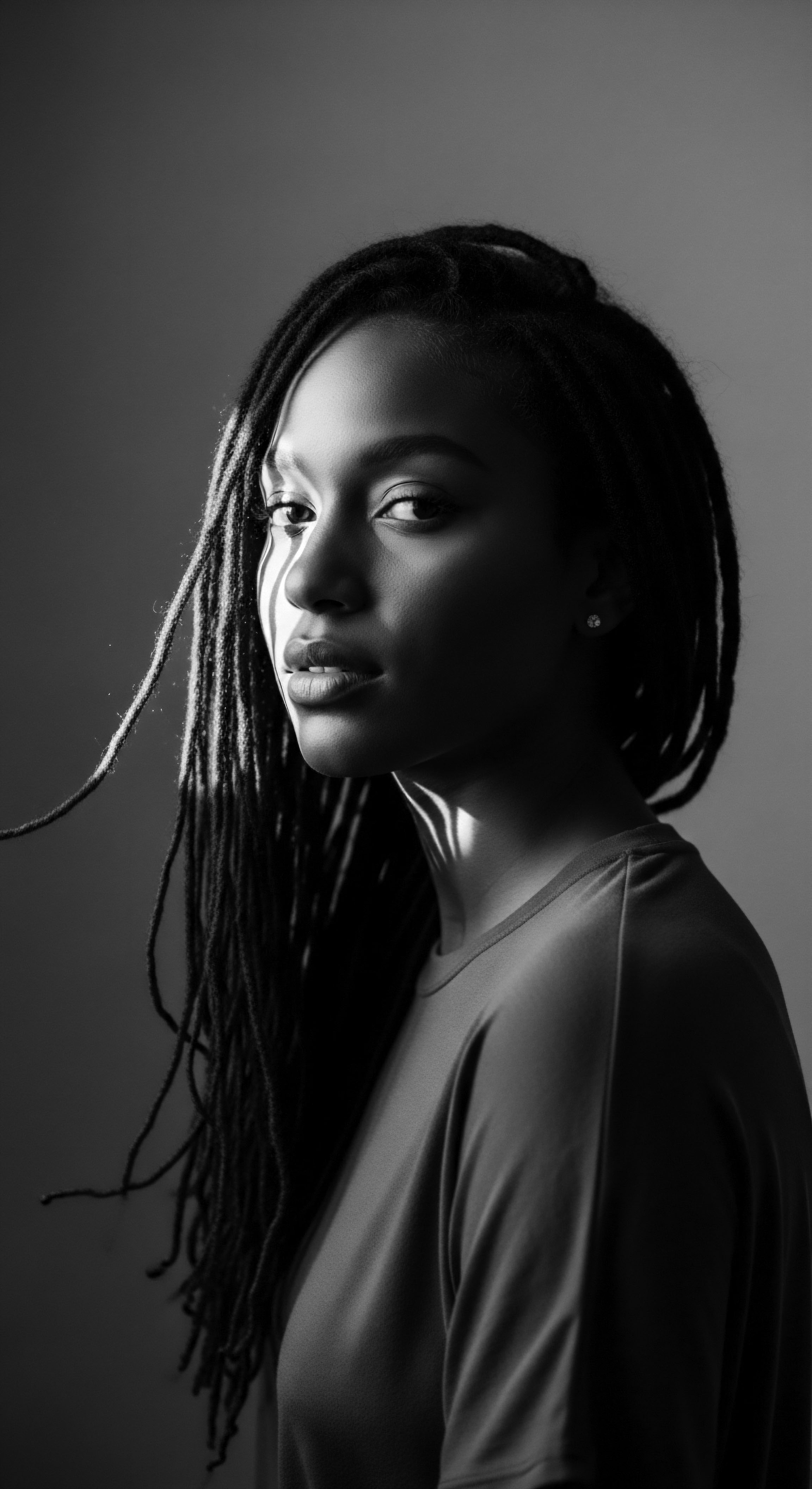
The Unbound Helix and Future Echoes
The historical journey of natural butters for textured hair moisture culminates in their powerful role today, not only as effective hair care ingredients but as vibrant symbols of reclaiming and celebrating textured hair Heritage. Contemporary beauty movements, especially within Black and mixed-race communities, have witnessed a resurgence of interest in these ancestral ingredients. This renewed appreciation is more than a trend; it is a conscious decision to connect with lineage, to honor the wisdom of those who came before, and to define beauty on one’s own terms.
The global market for natural ingredients now seeks out these butters, recognizing their unparalleled benefits. This has, thankfully, led to opportunities for communities in their native lands, fostering sustainable practices and economic empowerment. Yet, it also calls for vigilance, ensuring that ethical sourcing and fair trade practices remain paramount, honoring the original stewards of this knowledge. The butters represent a living legacy, a tangible connection to the earth and to the ingenuity of Black and mixed-race peoples.
Their journey from ancient remedies to modern mainstays speaks to their enduring efficacy and their deep significance in the ongoing narrative of textured hair. This legacy, rich and multifaceted, continues to guide the path toward truly holistic and culturally resonant hair care.

Reflection
In the quiet rustle of leaves on a shea tree, in the verdant embrace of a cacao forest, we find the genesis of a profound relationship ❉ that between the earth’s nurturing bounty and the inherent thirst of textured hair. The role of natural butters in textured hair’s moisture is not merely a footnote in cosmetic history; it is a central chapter in the vast, living archive that is Roothea’s Soul of a Strand. This story is etched into the very helix of our being, a testament to the ancestral ingenuity that understood deep biology long before microscopes revealed cellular intricacies. It is a heritage of hands that carefully extracted, lovingly applied, and faithfully passed down this wisdom, ensuring that the vibrancy of our hair, and by extension, our identities, would persist through time’s varied currents.
The butters, in their elemental simplicity, became instruments of resilience, symbols of beauty cultivated against the odds, and quiet anchors to homelands and traditions that refused to be forgotten. They speak to a continuous dialogue between humanity and the natural world, a conversation steeped in respect and reciprocity. As we tend to our textured strands today, letting the rich textures of shea or cocoa melt into our palms, we are not simply moisturizing.
We are participating in an ancient ritual, honoring a legacy of knowledge, and reaffirming the unbroken connection to those who, with simple wisdom and profound care, laid the foundation for our radiant present. The past truly echoes in every tender application, shaping the unbound helix of our future.

References
- Byrd, A. D. & Tharps, L. D. (2001). Hair Story ❉ Untangling the Roots of Black Hair in America. St. Martin’s Press.
- Banks, I. (2000). Hair ❉ A Cultural History of Hair Fashion and Adornment. Rizzoli International Publications.
- Honma, T. et al. (2011). Compositional study of shea butter and its effects on skin barrier function. Journal of Oleo Science, 60(9), 437-444.
- Blume, T. E. (2012). The African-American Hair Book. AuthorHouse.
- Katz, S. H. & Voigt, M. M. (1986). Food and Evolution ❉ Toward a Theory of Human Food Habits. Temple University Press.
- Lewis, E. (2009). The Complete Guide to Natural Hair Care ❉ An Overview. CreateSpace Independent Publishing Platform.
- Mohideen, M. K. & Sastry, A. V. R. (2019). Natural Plant Products for Cosmetic Use. CRC Press.
